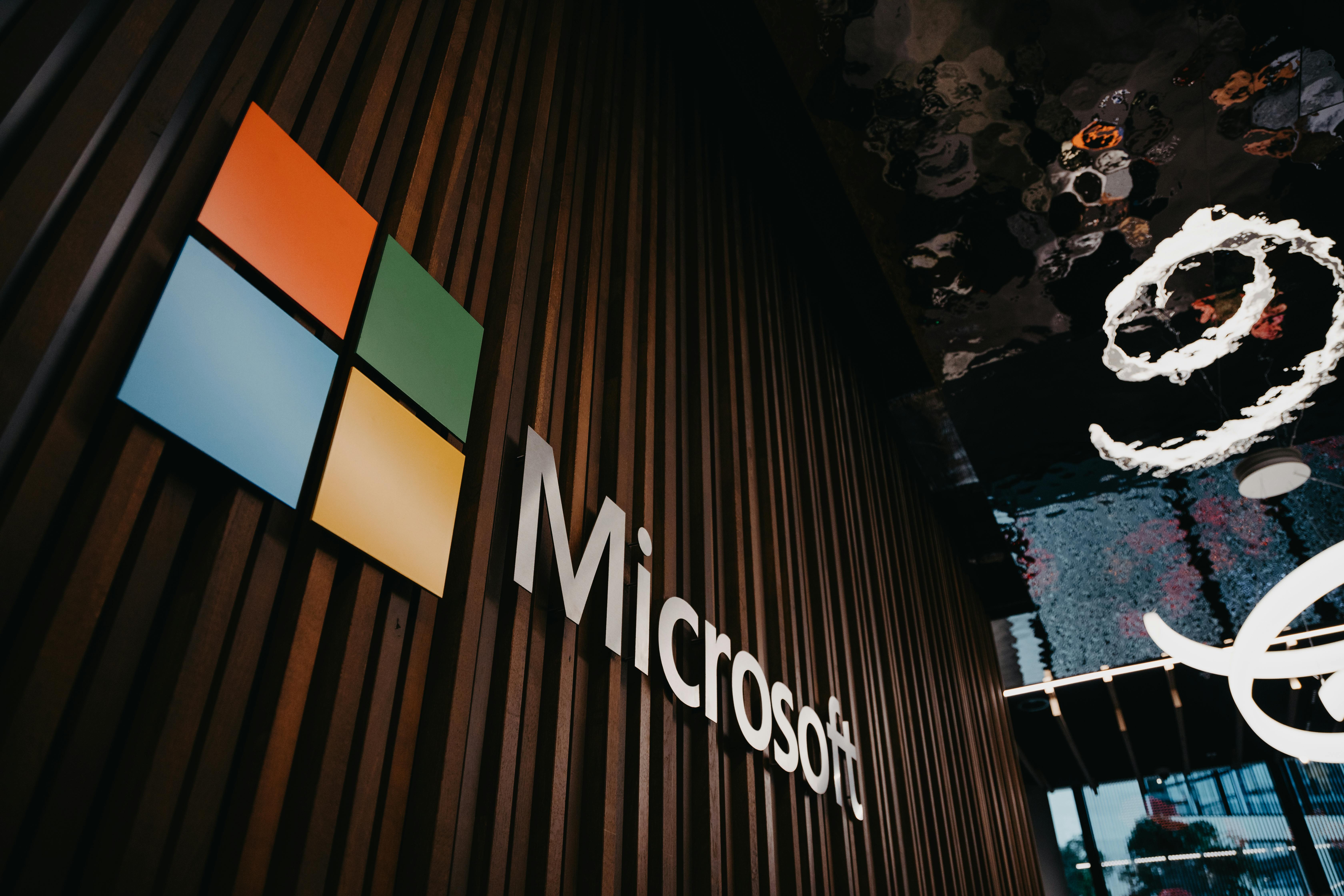Discover how ESPN’s integration into Disney+ brings live sports, original programming, and special events into one seamless streaming experience
24 December, 2024 | Posted by: Pablo Mendoza
Category: News | No Comments

On December 4, 2024, Disney took a bold step to redefine entertainment by integrating ESPN+ into its Disney+ platform. This new move introduces a dedicated ESPN hub, offering live sports, original programming, and special events—all within the Disney+ app.
This integration aims to blend sports with Disney’s vast library of movies and shows, creating a one-stop destination for family entertainment and sports fans alike. Here’s everything you need to know about ESPN on Disney+, what it offers, and why this is a game-changer for streaming.
Disney’s subscription options ensure a tailored experience for both standalone Disney+ users and bundle subscribers:
The launch of ESPN on Disney+ is more than just an integration—it’s a transformation of the streaming landscape. By combining live sports with entertainment, Disney+ offers unmatched convenience and variety for subscribers.
Whether you’re a sports fan, a movie buff, or both, this seamless experience ensures there’s something for everyone. As Disney continues to innovate, this integration marks a pivotal step in redefining how we consume content in the digital age.
🎥 Stream, cheer, and enjoy—it’s all on Disney+ now!
Explore the details of the December 10, 2024, Microsoft 365 outage that disrupted Outlook and Teams. Learn what caused it, its impacts, and how to prepare for service disruptions.
24 December, 2024 | Posted by: Pablo Mendoza
Category: News | No Comments

On December 10, 2024, a significant outage disrupted Microsoft 365 services, leaving thousands of users unable to access critical tools like Outlook and Teams. The incident came as a stark reminder of how dependent businesses and individuals are on cloud-based applications for communication and collaboration.
This blog delves into what caused the disruption, its wide-reaching impacts, and how businesses can better prepare for such scenarios in the future.
Starting at approximately 9 a.m. GMT, users began reporting widespread issues with Microsoft 365. The disruption predominantly affected:
The outage wasn’t localized—it affected users globally, including small businesses, large enterprises, and even educational institutions that rely heavily on these tools.
Microsoft acted promptly, acknowledging the issue on social media and providing regular updates. The company identified that a recent system change likely caused the disruption. Engineers worked swiftly to revert the change and restore services.
By 11:50 a.m. EST, Microsoft announced that nearly 98% of affected systems had been restored. However, the incident reignited discussions about the reliability of cloud-based platforms and the vulnerabilities they present when issues arise.
The outage had far-reaching consequences:
To mitigate the impact of such outages, businesses should adopt proactive measures:
The December 10, 2024, outage is a reminder of the vulnerabilities inherent in our reliance on cloud-based services. While Microsoft resolved the issue quickly, it disrupted workflows and raised questions about preparedness.
For businesses, the key takeaway is to implement robust contingency plans, diversify communication tools, and stay informed about service updates. In an increasingly digital world, staying proactive is essential to maintaining productivity and resilience.
Discover how Trump’s victory could reshape internet policy, including potential changes to net neutrality, Section 230, Big Tech regulations, and broadband expansion
24 December, 2024 | Posted by: Pablo Mendoza
Category: News | No Comments

Donald Trump’s recent election victory has sparked discussions across various sectors, including the future of internet policy. With a new administration comes the possibility of significant changes that could reshape the digital landscape for consumers, businesses, and technology providers alike.
From net neutrality and Section 230 reforms to broadband expansion and Big Tech accountability, Trump’s policy direction could have far-reaching implications. Let’s break down what these potential changes mean for internet users and the tech industry.
One of the most immediate and impactful changes is likely to come from the Federal Communications Commission (FCC). Trump has nominated Brendan Carr as the new FCC chair. Known for his criticism of major tech companies and support for deregulating ISPs, Carr’s leadership signals a shift toward policies that favor internet service providers while increasing scrutiny on Big Tech.
Expect the FCC under Carr’s leadership to revisit existing regulations, paving the way for more market-driven strategies in internet infrastructure and service provision.
Net neutrality, a policy that requires ISPs to treat all internet traffic equally, could face renewed opposition. Trump’s administration has historically been critical of these regulations, arguing that they stifle innovation and investment by ISPs.
If repealed, ISPs could prioritize certain types of traffic, charge for higher-speed access, or create paid prioritization lanes. While proponents argue this could lead to more tailored services, critics warn it could disadvantage smaller content creators and increase costs for consumers.
Section 230 of the Communications Decency Act, which protects online platforms from liability for user-generated content, is another likely target. Trump has been vocal about reforming or repealing this provision, claiming it allows Big Tech companies to engage in unchecked censorship and bias.
Changes to Section 230 could increase accountability for platforms like Facebook, Twitter, and YouTube, forcing them to rethink their content moderation practices. For users, this could mean fewer controversial posts or misinformation but may also limit the diversity of content available online.
Big Tech companies, including Google, Meta, and Amazon, may find themselves under increased scrutiny. The administration is expected to pursue more aggressive antitrust investigations to address concerns about market dominance and anti-competitive practices.
Potential outcomes could include stricter regulations or even the breakup of major tech conglomerates. While this aims to create a more competitive market, it could also disrupt the services consumers rely on daily.
Not all changes are controversial. The administration has expressed interest in expanding broadband infrastructure, particularly in rural areas where internet access is limited or unreliable.
By incentivizing ISPs to invest in underserved regions, these policies aim to bridge the digital divide and provide more Americans with access to high-speed internet. This initiative could have a positive impact on remote work, education, and healthcare in rural communities.
Trump’s victory and the resulting policy changes could significantly impact how we access and use the internet. While deregulation may encourage innovation and infrastructure investment, concerns over consumer protections and fair access remain.
As these potential shifts unfold, staying informed is key to understanding how they might affect your online experience. Whether it’s broadband expansion, net neutrality, or Big Tech regulation, these policies will shape the future of the internet for years to come.
Protect yourself from online scams. Learn how to identify fake shopping websites, spot red flags, and shop safely on legitimate platforms
24 December, 2024 | Posted by: Pablo Mendoza
Category: News | No Comments

Online shopping has revolutionized how we buy everything from groceries to gadgets. But with convenience comes risk. As e-commerce grows, so do fake shopping sites designed to scam unsuspecting customers out of their money or personal information.
While these websites may look professional, they often lack the safeguards and legitimacy of real online stores. Knowing how to identify these fraudulent sites can save you from losing money, having your identity stolen, or receiving counterfeit products.
Let’s explore the red flags of fake online shopping sites and how to ensure your next purchase is a safe one.
Fake online shopping sites are designed to look like legitimate e-commerce platforms but serve fraudulent purposes. These sites may sell counterfeit goods, steal personal and financial information, or take your money without delivering any product.
Some fake websites even mimic the branding of well-known companies, complete with logos, color schemes, and similar URLs to trick consumers into trusting them.
Fraudulent websites capitalize on human psychology, particularly our desire for a bargain. They use tactics like:
Spotting a fake site takes a keen eye and a cautious approach. Here are some warning signs to watch for:
Being cautious while shopping online can save you from falling victim to scams. Follow these tips for a safer experience:
If you’ve fallen victim to a fake shopping site, act quickly:
Spotting fake online shopping sites requires vigilance, but the effort is worth it to protect your finances and personal information. By recognizing the red flags, verifying website legitimacy, and adopting safe shopping habits, you can enjoy the convenience of online shopping without falling victim to scams.
Remember, if a deal seems too good to be true, it probably is. Trust your instincts, shop smart, and keep your personal information safe.
Learn how winter storms impact internet connectivity in Colorado, Kansas, Missouri, Oklahoma, and Texas. Discover tips to stay connected during severe weather
19 November, 2024 | Posted by: Pablo Mendoza
Category: News | No Comments

Winter is here, and with it comes the first major storm warnings of the season. The National Weather Service has issued winter storm alerts for Colorado, Kansas, Missouri, Oklahoma, and Texas, signaling heavy snowfall, ice accumulation, and high winds.
While most of us prepare for icy roads and power outages, there’s another potential casualty of winter storms: your internet connection. Whether you’re working from home, streaming your favorite shows, or staying in touch with loved ones, understanding how severe weather can affect connectivity is crucial.
In this guide, we’ll explore how winter storms impact internet connections and what you can do to stay online during inclement weather.
Heavy snow and ice can weigh down power lines and communication towers, causing outages. Even trees near utility lines pose a risk—branches can snap under the weight of snow, severing cables that carry internet signals. Urban areas with dense wiring networks may see slower restoration times due to the complexity of repairs.
Internet requires power at every stage, from your home router to the larger ISP hubs that manage regional traffic. Winter storms often cause widespread outages, leaving homes disconnected even if the ISP infrastructure remains intact.
Satellite internet users are especially vulnerable during storms. Snow on a satellite dish can block signals, and strong winds can misalign equipment, making it harder for users in rural areas to stay online. Fixed wireless services, which rely on line-of-sight connections, also face degradation due to snowfall or ice on antennas.
With people stuck indoors during storms, network traffic skyrockets. Streaming movies, gaming, and video calls increase bandwidth usage, often leading to slower speeds. ISPs may struggle to balance the load, especially in areas already at capacity.
Winter storms are a fact of life, but they don’t have to leave you completely disconnected. By understanding how these storms impact internet infrastructure and taking proactive steps, you can minimize disruptions and stay connected when it matters most.
From securing backup power to clearing snow off your satellite dish, small actions can make a big difference. As five states brace for heavy snowfall and icy conditions, being prepared is key to weathering the storm—both physically and digitally.
Stay safe, stay connected, and don’t let winter keep you offline!